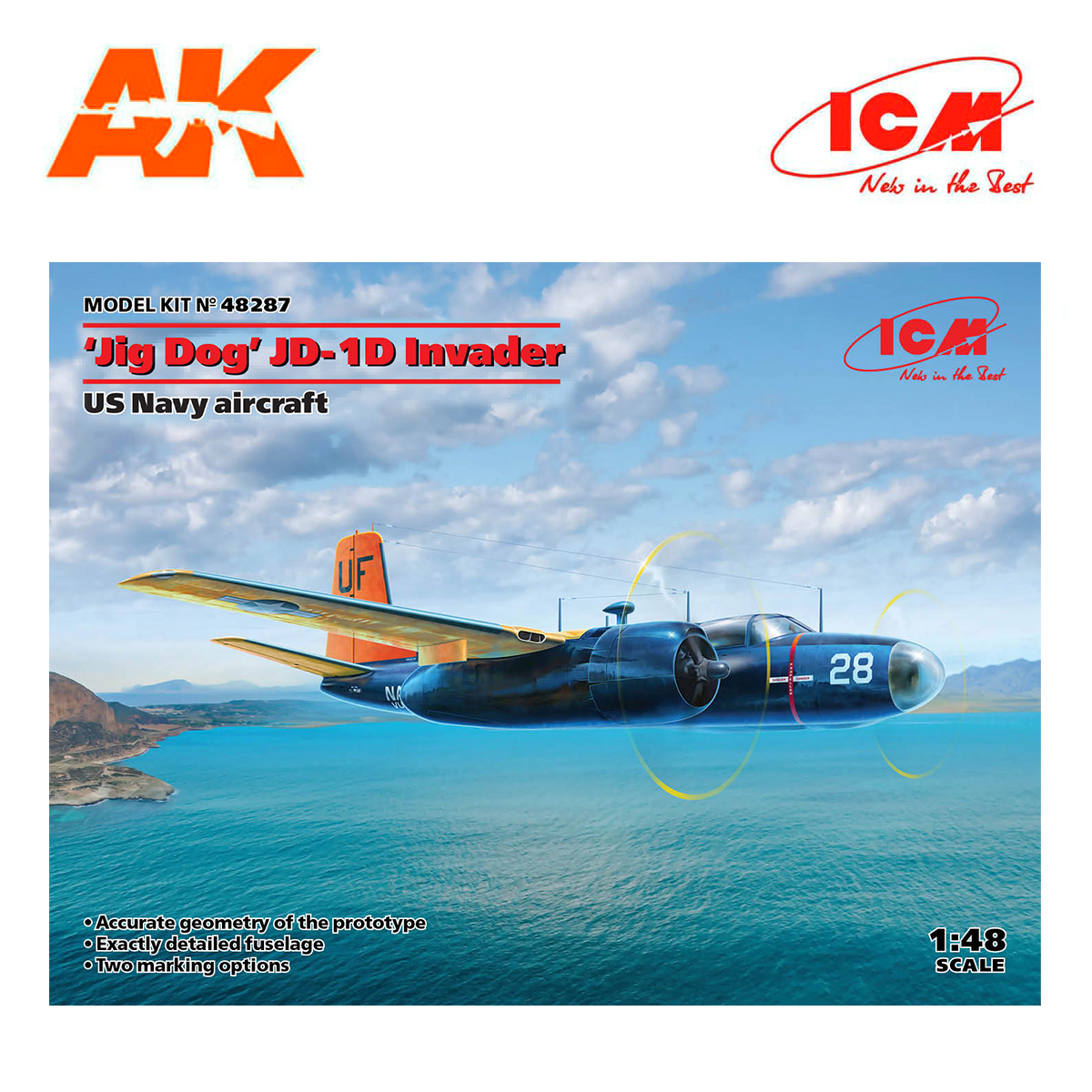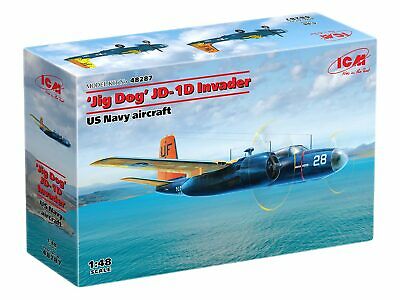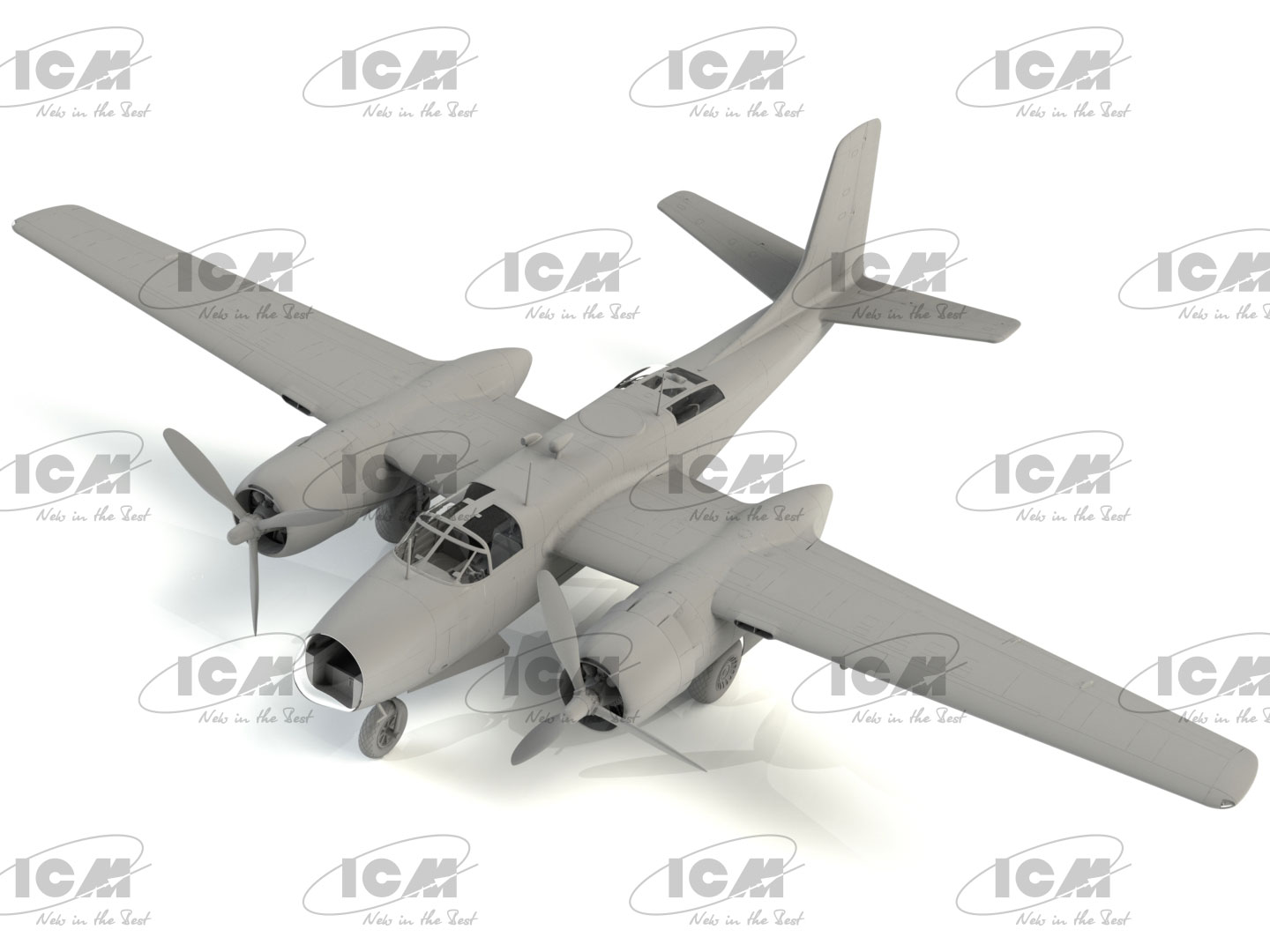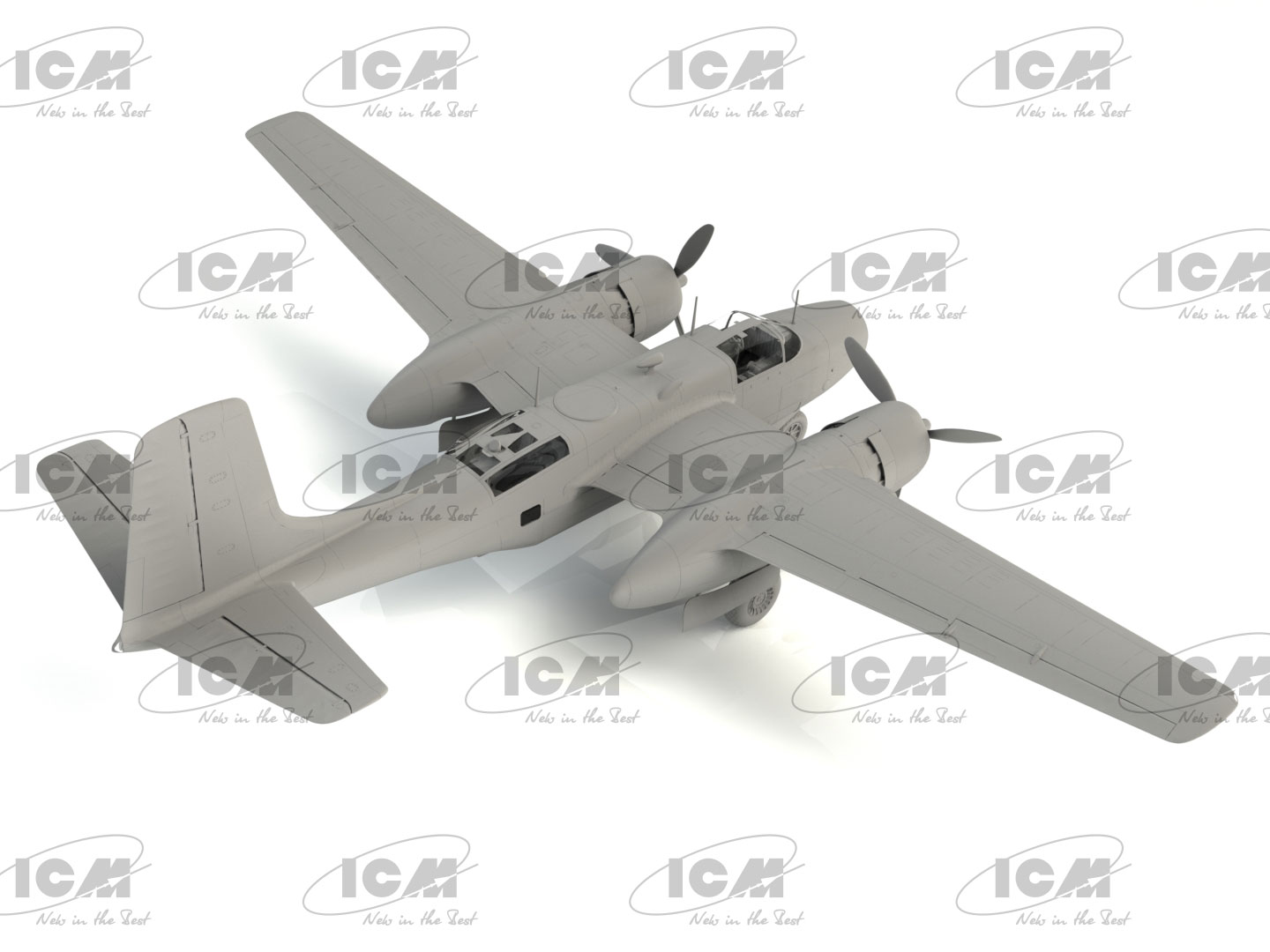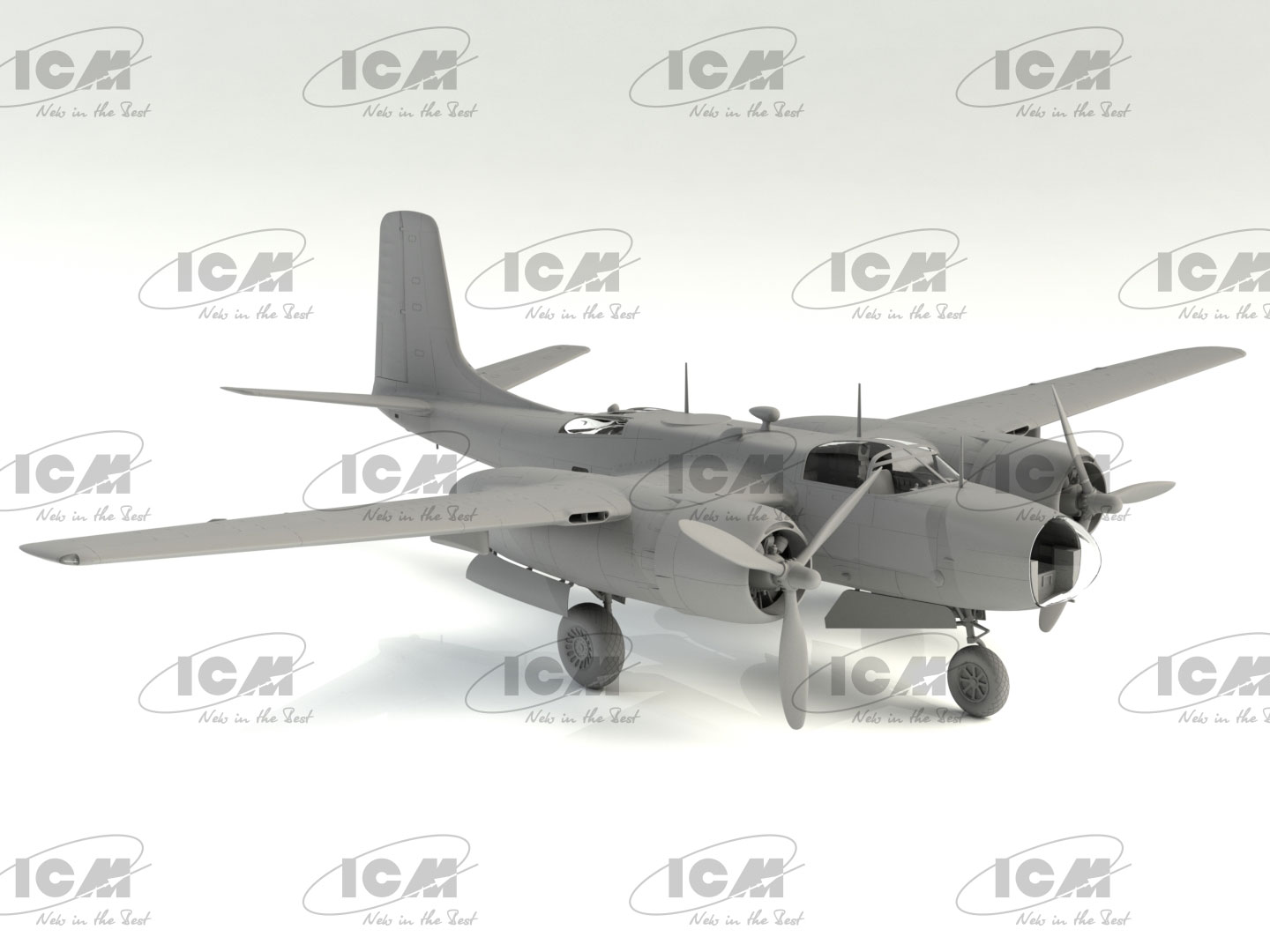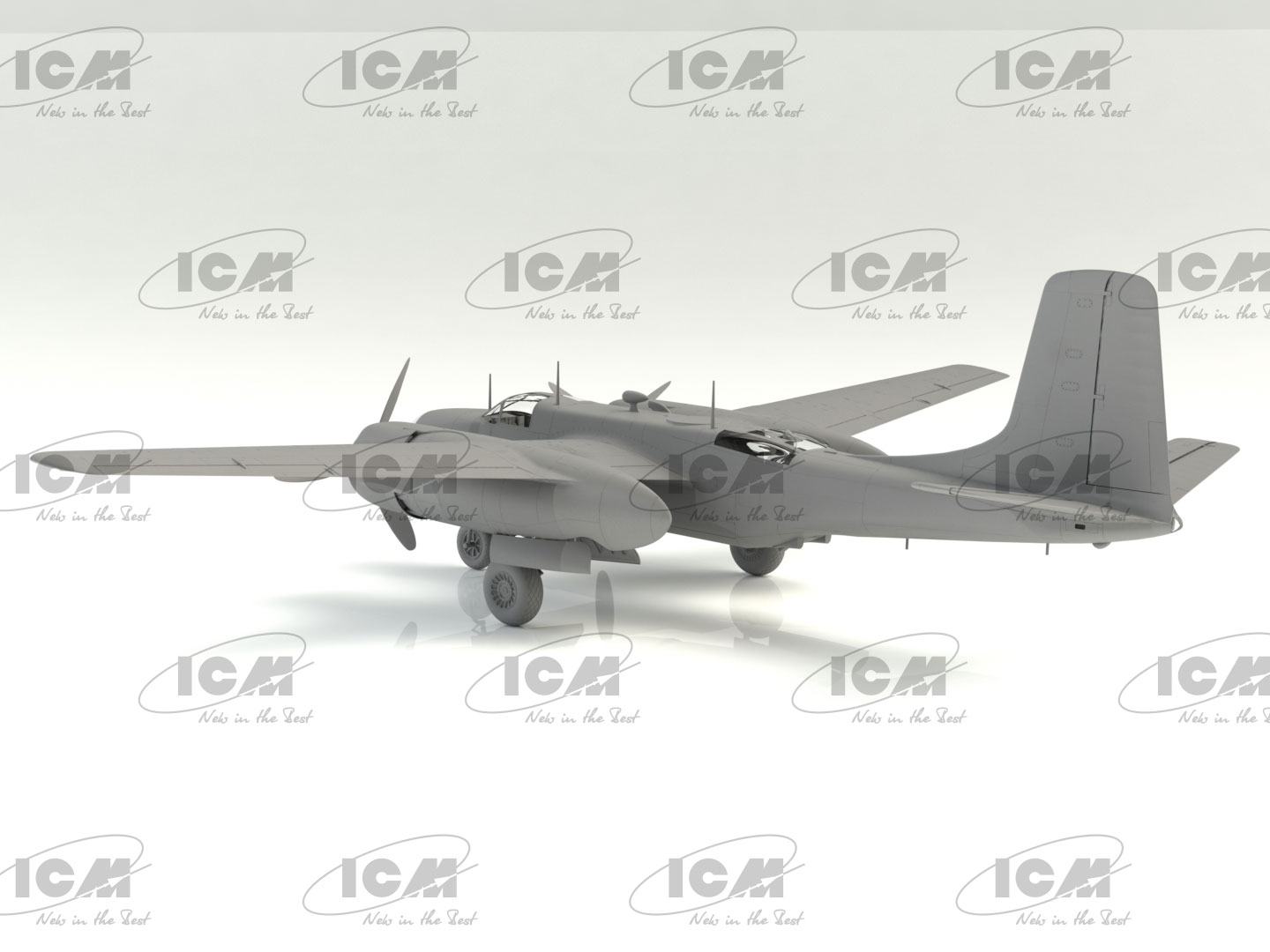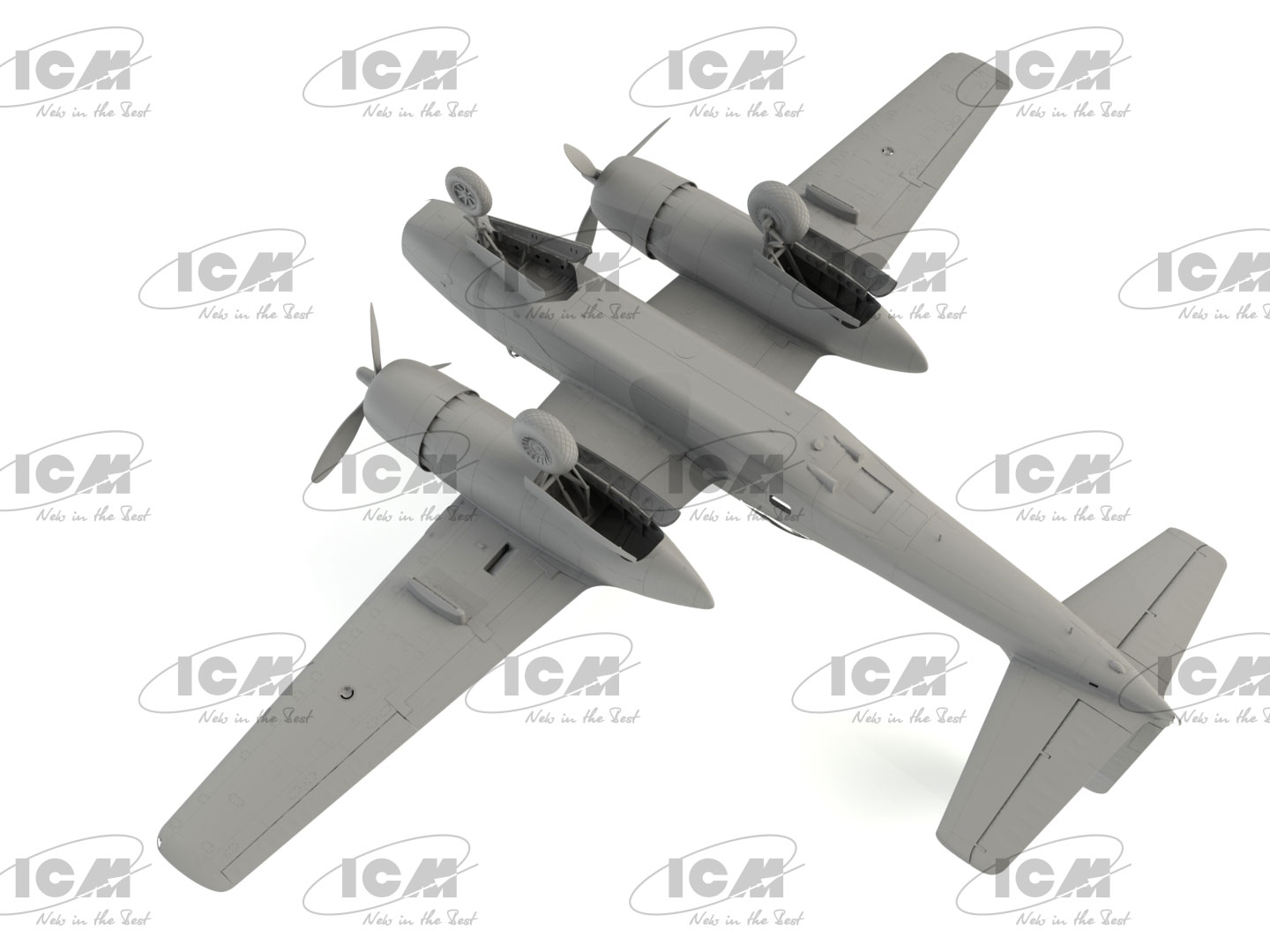JD-1D, U.S. Navy utility aircraft 1/48
39,17€
In stock

*Please check our Privacy Policies to see how to we use your personal data.
*Por favor revisa nuestra Política de Privacidad para ver como tratamos tus datos personales
ENGLISH
ESPAÑOL
SCALE
1:48
TIME PERIOD
Post-war
MARKINGS
‘Jig Dog’ JD-1D Invader 89075, Utility Squadron VU-3, US Navy, 1950s
‘Jig Dog’JD-ID Invader 140356,China Lake, 1958
MODEL SIZE (LENGTH X WIDTH)
323 x 448 mm
BOX SIZE
410 x 260 x 100 mm
NUMBER OF DETAILS
208
ESCALA
1:48
PERIODO DE TIEMPO
De la posguerra
MARCAS
‘Jig Dog’ JD-1D Invader 89075, Utility Squadron VU-3, US Navy, 1950
‘Jig Dog’JD-ID Invader 140356, Lago de China, 1958
TAMAÑO DEL MODELO (LARGO X ANCHO)
323 x 448 mm
TAMAÑO DE CAJA
410x260x100mm
NÚMERO DE DETALLES
208

